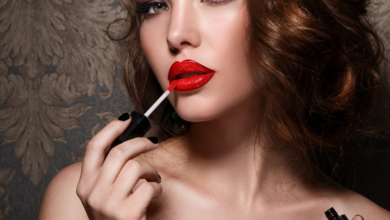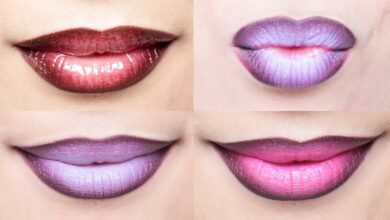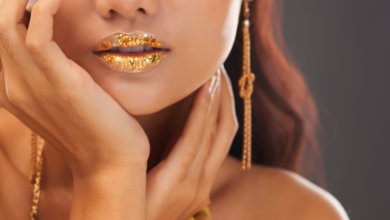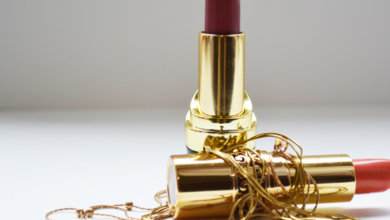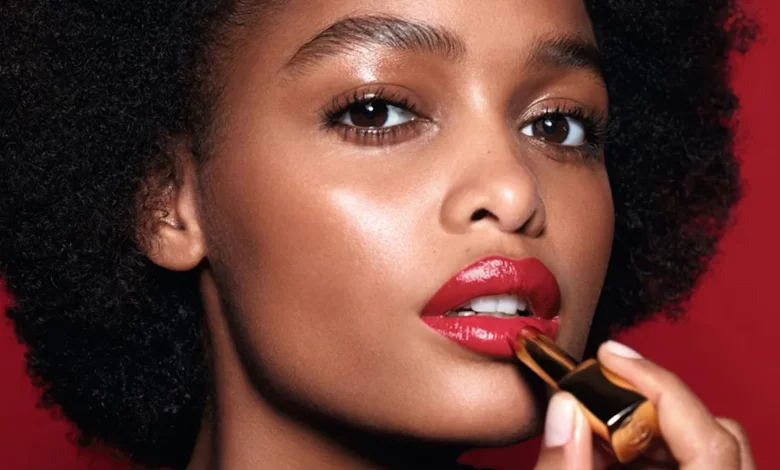
In the world of cosmetics, finding the perfect lipstick shade is only half the battle. Have you ever stopped to consider the ingredients lurking in your favorite tube of lipstick? From potential allergens to harmful chemicals, understanding what to look for and what to avoid is essential for maintaining healthy and beautiful lips. In this article, we will explore the key ingredients to keep an eye out for and those that are best left off your lips. So, grab your favorite shade, sit back, and let’s dive into the world of lipstick ingredients together.

Lipstick Ingredients
Overview of Lipstick Ingredients
When it comes to choosing the perfect lipstick, it’s not just about the color or the finish. Understanding the ingredients that make up your favorite lipstick can help you make informed choices and ensure that you’re not only enhancing your beauty but also prioritizing your health. In this article, we will delve into the world of lipstick ingredients, breaking them down into common, harmful, and natural/safe categories. By the end, you’ll have a better understanding of what to look for and what to avoid when it comes to lipstick ingredients.

Common Lipstick Ingredients
To truly understand lipstick ingredients, it’s important to start with the basics. There are several key components that make up most lipsticks, and understanding what they are and what they do will give you a better idea of what to expect from your favorite tubes.
Emollients
Emollients are a crucial ingredient in lipstick formulations as they help provide moisturization and smoothness to your lips. They are responsible for giving your lipstick a creamy texture, making it glide effortlessly during application. Common emollients include ingredients like castor oil, lanolin, and shea butter. These ingredients not only ensure that your lipstick doesn’t dry out your lips but also provide nourishment and keep them looking and feeling soft and supple.
Colorants
Colorants, as the name suggests, are the ingredients responsible for giving lipsticks their vibrant and varied hues. From classic reds and pinks to bold purples and blues, colorants play a significant role in achieving the perfect shade. They can be derived from natural sources like fruits, vegetables, and minerals, or they can be synthetic. However, it’s important to note that some colorants, particularly certain synthetic ones, may have their own set of concerns, which we will discuss in the next section.
Emulsifiers
Emulsifiers are ingredients that help bind the various components of a lipstick together, creating a smooth and consistent texture. They prevent the separation of oils and pigments, ensuring that the lipstick remains stable and easy to apply. Common emulsifiers used in lipsticks include lecithin, lanolin derivatives, and glyceryl stearate. These ingredients not only provide the necessary stability but also help enhance the overall performance and longevity of your lipstick.
Waxes
Waxes are the backbone of any lipstick formulation. They provide structure and shape to the product, helping it maintain its form and preventing it from melting or breaking easily. Some commonly used waxes in lipsticks include beeswax, carnauba wax, and candelilla wax. These waxes not only give your lipstick its smooth texture but also help ensure that it stays in place without smudging or feathering.
Harmful Lipstick Ingredients
While lipsticks can enhance your beauty, it’s essential to be aware of potentially harmful ingredients that may be present in some formulations. Although the use of these ingredients is regulated, understanding their potential risks will help you make more informed choices.
One such ingredient is lead, which has gained significant attention in recent years due to its potential health effects. Lead can be naturally present in certain colorants used in lipsticks, mainly if they are derived from mineral sources. Even though the levels of lead in lipsticks are relatively low, it’s still wise to check the ingredient list and opt for lead-free alternatives whenever possible.
Another potentially harmful ingredient is parabens, which are preservatives commonly used in cosmetics. While parabens help prolong the shelf life of lipsticks, they have been associated with hormone disruptions and allergic reactions in some individuals. To avoid parabens, look for lipsticks labeled as paraben-free.
Additionally, some lipsticks may contain synthetic dyes, such as FD&C or D&C dyes, which have been linked to various health concerns. These synthetic dyes may cause skin irritation or trigger allergies in certain individuals. To minimize the risk, consider opting for lipsticks that use natural colorants derived from plant sources.
Natural and Safe Lipstick Ingredients
If you’re looking for a more natural and safe option, several lipstick brands now offer formulations made with ingredients derived from natural sources. These ingredients not only provide vibrant colors but also offer nourishment and protection for your lips.
Natural emollients like coconut oil, jojoba oil, and argan oil can provide intense moisturization without feeling heavy or greasy. These oils help keep your lips hydrated and prevent dryness, making them perfect for those with sensitive or dry lips.
Similarly, natural colorants such as beetroot powder, fruit extracts, and mineral pigments can provide a wide range of beautiful shades without relying on synthetic dyes. These natural alternatives not only offer vibrant colors but also contain antioxidants and vitamins that can benefit the health of your lips.
When it comes to preserving these natural formulations, some brands opt for natural alternatives to traditional preservatives. Ingredients like vitamin E and grapefruit seed extract have natural antimicrobial properties, helping keep your lipstick fresh without the need for potentially harmful preservatives.
By opting for lipsticks made with natural and safe ingredients, you can maintain your glamorous look while also prioritizing your overall well-being. Remember to always read the ingredient list before making a purchase and choose products that align with your preferences and values.

Conclusion
When it comes to lipstick ingredients, knowledge is power. By understanding the common, harmful, and natural/safe ingredients found in lipsticks, you can make informed choices that prioritize both beauty and health. Look for lipsticks that contain nourishing emollients, vibrant yet natural colorants, stable emulsifiers, and protective waxes. Avoid potentially harmful ingredients such as lead, parabens, and synthetic dyes. Instead, seek out lipsticks made with natural alternatives that offer moisturization, vibrant colors, and safe preservation methods. With this newfound knowledge, you can confidently choose the perfect lipstick that not only enhances your beauty but also keeps your lips healthy and happy.

KIKO Milano Lipstick 103 Natural Rose Review(Opens in a new browser tab)
Stylish.ae’s Ultimate Guide To Addressing Common Skin Concerns(Opens in a new browser tab)
Maybelline New York Volume Mascara Review(Opens in a new browser tab)
The Benefits of Multivitamins for Nutritional Deficiencies(Opens in a new browser tab)
Understanding Your Skin: The Stylish.ae Guide To Skin Typing(Opens in a new browser tab)

